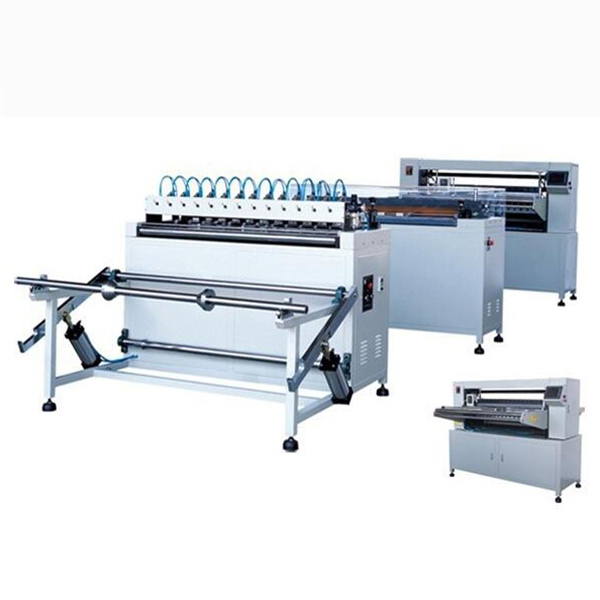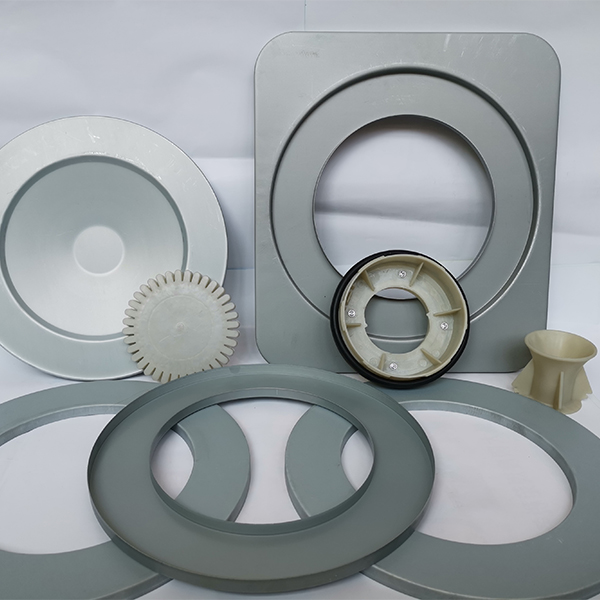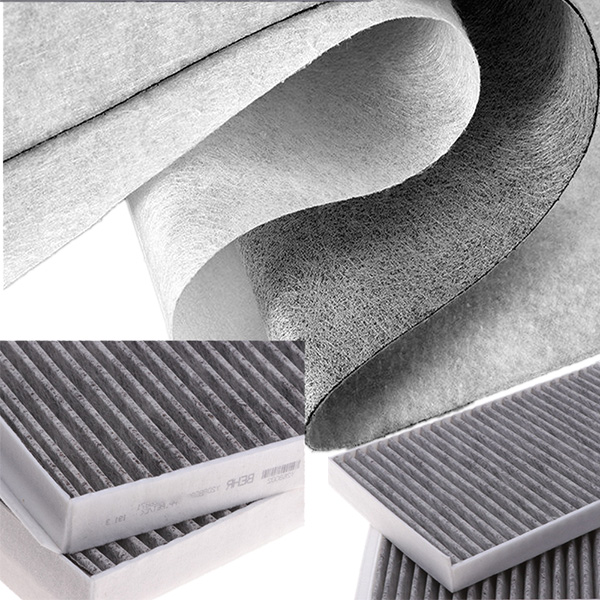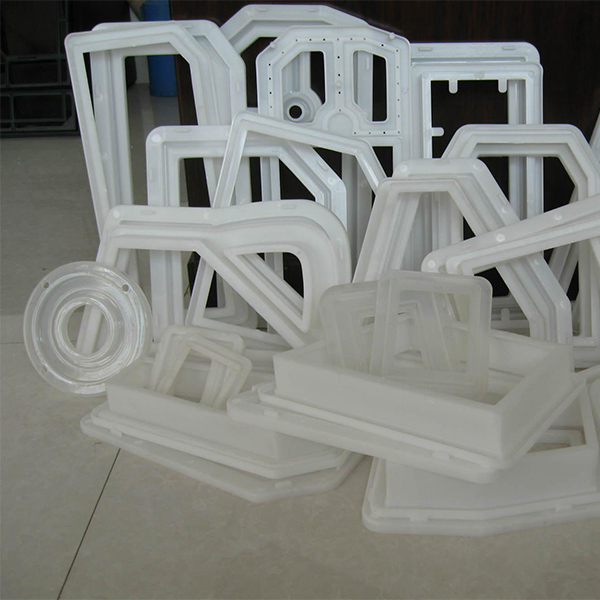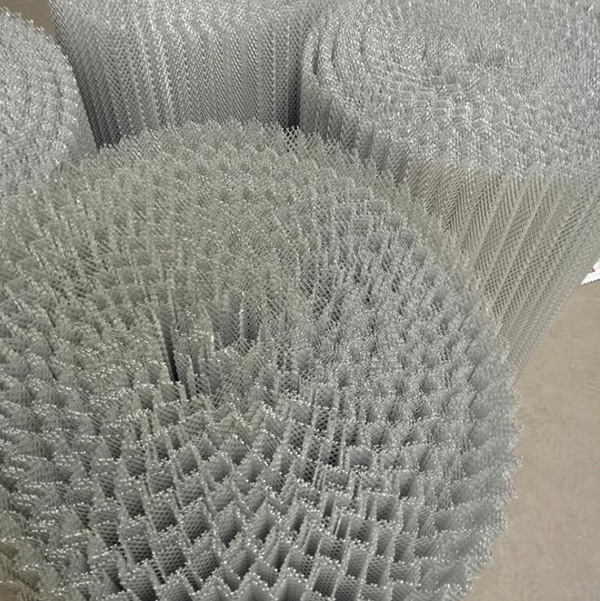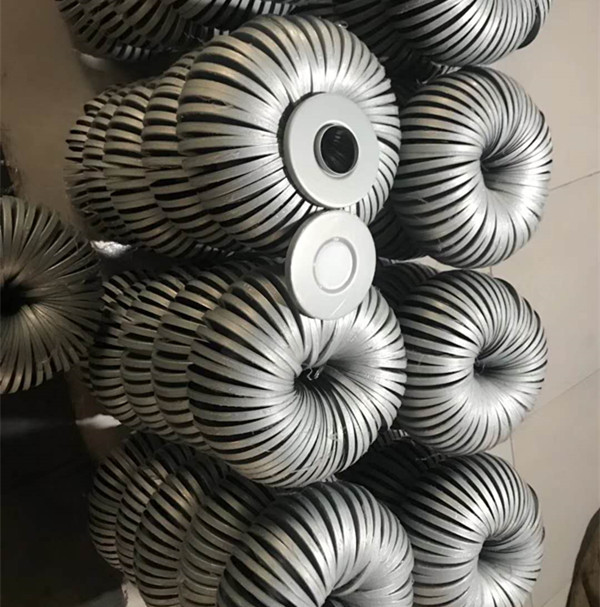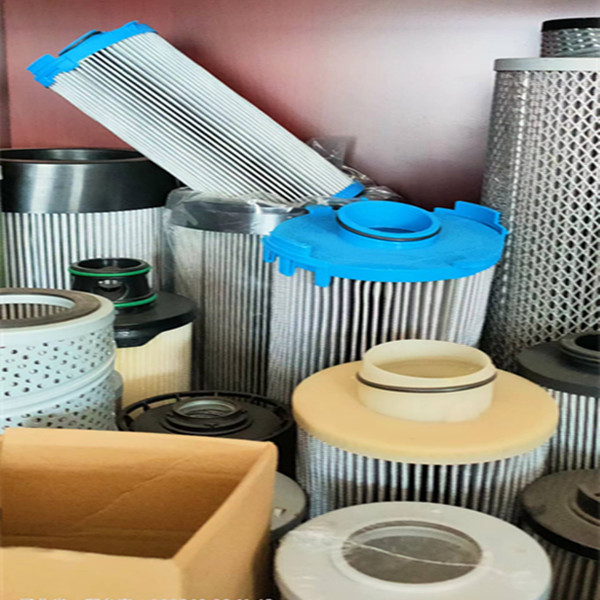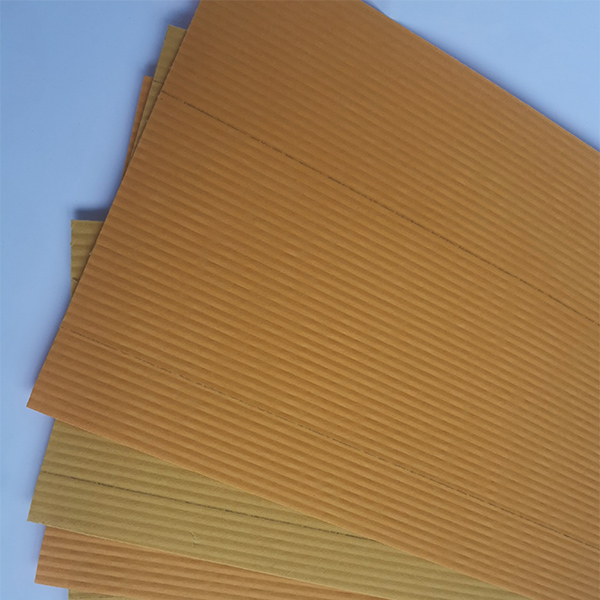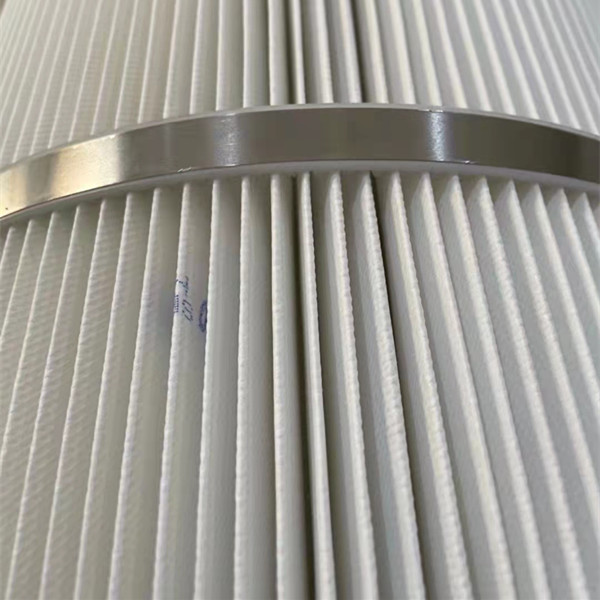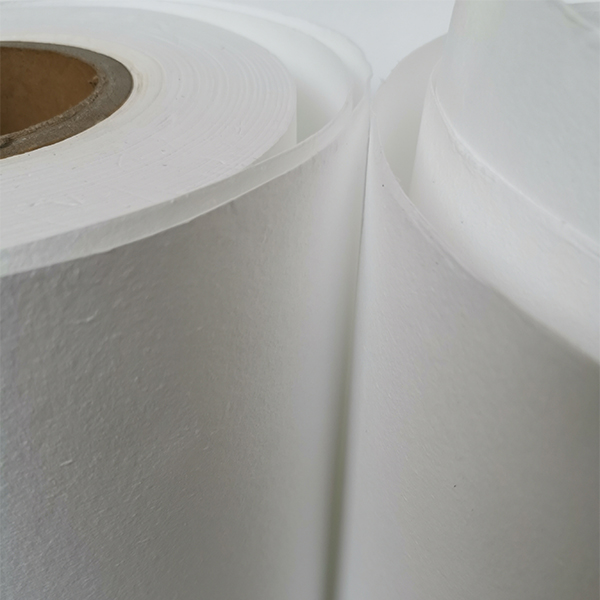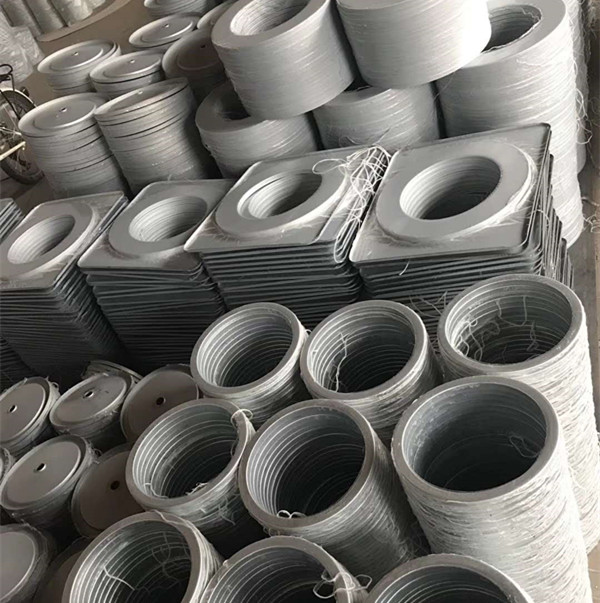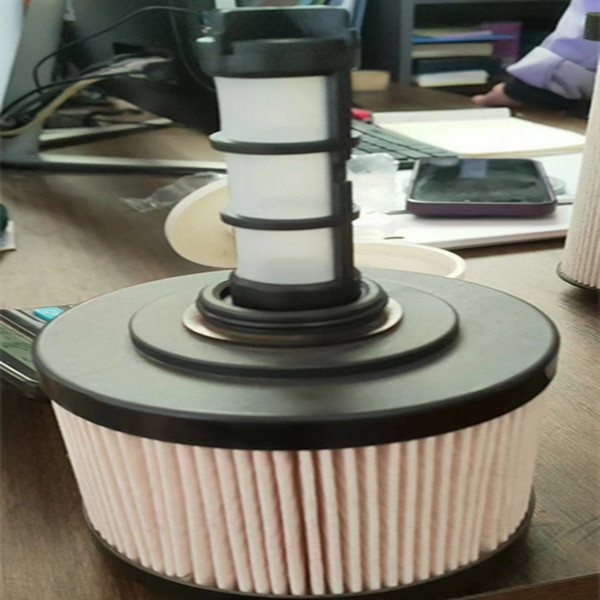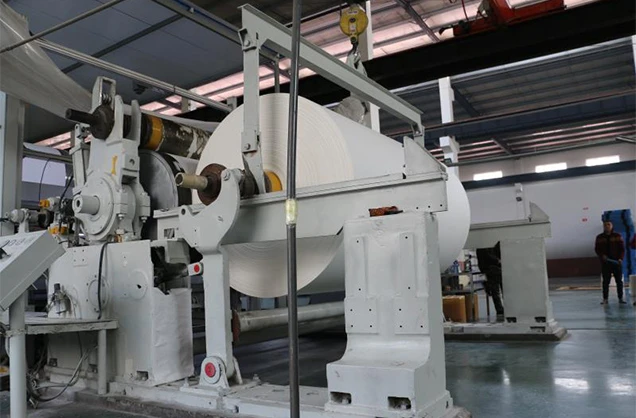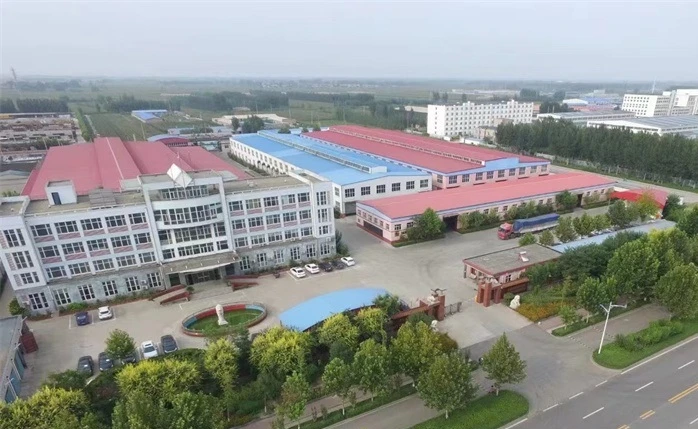In the era of deadly airborne viruses, air purification equipment has now shown various shapes and sizes. At last month’s Consumer Electronics Show CES, the company introduced a new portable air filter device for your bedside, cup holder, table top, meeting room, and even hanging around your neck. Although each of these devices can purify the air, the problem is that none of them can ventilate. Science increasingly shows that if you are serious about stopping the spread of the coronavirus, masks, social distancing and opening windows may do more than expensive electronic purification equipment.
Most air purifier designs use the same basic method. There is a filter and fan. The fan draws in and circulates air through the filter. The filters in these types of equipment are usually made of paper, fiber (usually glass fiber) or some type of net, which allows it to remove contaminants such as dust and pollen well, but cannot remove gas or less. particle. It is important to remember that the work efficiency claimed by the air purifier manufacturer is accurate after laboratory testing, but it is almost impossible to recreate the specific laboratory conditions. The location, installation, flow rate and running time of the purifier will greatly affect its working effect. Ventilation is usually a big problem. After the air is “purified”, the fan circulates it out, but the air is not ventilated to other areas of the space. Therefore, air purifiers often repeatedly purify the same air in their vicinity. The smaller the device, the greater the basic problem.
E le o mautinoa e le au fomaʻi pe fia le tele o masini faʻamamaina o le ea e fesoasoani moni e taofi le sosolo o le coronavirus. E leai se masalosalo e mafai ona latou fesoasoani i tagata mamaʻi ma ua faʻaaogaina mo le tele o tausaga, ae o le faʻamamaina o auiliiliga o vaega laiti o loʻo i ai le COVID-19 e sili atu ona faigata. E leai se foma'i e fai mai e mafai ona fo'ia lea fa'afitauli. Ua fautuaina e le au atamamai le ofuina o matapulepule ma aloese mai le sosaiete o le laina muamua o le puipuiga. E sili atu ona faigofie le faʻamautinoa e le mafai ona ulu atu ni vaega ole COVID-19 i le ea nai lo le faʻamamaina pe a uma ona taape. Ae ui i lea, o le tele o meafaigaluega e faʻamamaina ai le ea e leʻi afaina ai lenei tulaga.
More useful than filtration is to increase ventilation. Studies have shown that keeping the air “fresh” is one of the best ways to stop diffusion. Known as air change, the rate at which air is completely replaced in a space is a key indicator of the level of symbiosis risk. The more changes in the air, the better. Mayo Clinic professor and researcher Dr. Mark Ereth explained in our recent “Flexible Workplace” report how much air is needed to pass through a room to help eliminate ultrafine particles such as COVID-19. In an office building, there are several times an hour every three to six minutes,” he said. There is evidence that, with the aid of a central ventilation system, air purifiers increase the air exchange rate or volume. But open the windows is also like this.
Na'o le fia tu'u atu ia te oe se manatu. I totonu o le potu tipitipi, e suia le ea i le tolu i le ono minute, ae i totonu o le ofisa, e suia i le tele o taimi i le itula.
“The most important thing to consider when buying an air filter is whether the space you want to use in it already has good ventilation-then the air filter won’t increase too much,” Dr. Shelly Miller, an environmental expert, Colorado An engineer at the University of Boulder told Webmd that his research focuses on the spread of airborne diseases.
Ina ia saʻo, e faigata ona suʻesuʻe pe faapefea ona tatala se faamalama e sui ai le ea. O le tafe o le ea i totonu o se avanoa i totonu e faigata ona faʻataʻitaʻiina pe vavalo foi. O le faʻataʻitaʻiga sili ona lelei o fale i le lalolagi e faigata ona foia le faʻafitauli o le tatalaina o faʻamalama ona o le faʻaogaina o le ea e faigata tele. O le fa'afefeteina o le ea i totonu e ono aofia ai le COVID-19 ma le ea i fafo e leai se siama o le a fa'aitiitia ai le fa'aogaina o le siama i le ea, ma fa'aitiitia ai le avanoa e maua ai. O loʻo tauivi pea tagata suʻesuʻe e suʻesuʻe pe fia le tele o le ea ma le ituaiga e sili ona lelei. E matua le lava le maliliega i totonu o le sosaiete faafomaʻi.
Columbia University virologist Angela Rasmussen told Vox: “There is no perfect “safe” level of ventilation because we actually don’t know what “safe” is because we don’t know how much exposure will cause spread.”
O le le mauaina o tali uma e le lelei, ae e sili atu nai lo le faafoliga o loo i ai ni tali. O le fa'amaoni e uiga i mea e ono aoga pe leai fo'i e mafai ona fesoasoani i tagata e faia ai ni filifiliga sili atu a le tagata lava ia pe fa'afefea ona saogalemu. E pei o le tele o ulu e fesoʻotaʻi ma faʻamamā ea, o ulu e leai. I le tulaga sili, e mafai ona faaseseina i latou mo se lagona saogalemu. I le tulaga sili ona leaga, ionizers, plasma generators ma electrostatic precipitators e mafai ona maua ai ni lamatiaga lelei. O nei masini e faʻapipiʻi mea iti ina ia latou pipii i luga ae le o le opeopea i luga o le ea, ma faʻatupuina ai le osone e fai ma mea faʻapitoa.
ASHRAE, a professional association that specializes in setting standards for ventilation and air-conditioning, said that when using equipment that may generate large amounts of ozone (respiratory tract irritant) as a by-product of its operation, “must be extra careful.” HEPA and ASHRAE recommend avoiding the use of any air purification devices that produce ozone as a by-product of cleaning indoor air in living spaces.
O faiga sili mo le ea mama e taamilo i le ea. I se ofisa faʻaonaponei, o le tatalaina o faʻamalama atonu e le mafai ona faia mo le tele o mafuaʻaga. E masani lava, e le mafai ona tatalaina faʻamalama. I lenei tulaga, e mafai ona e faʻamautinoaina le faʻaogaina o masini faʻamamaina o le ea maualuga. Talu ai o le fa'amamaina o le ea e le osone e le maua ai ni a'afiaga leaga, na'o le le lelei o masini fa'amama ea feavea'i o tau ma pisa. Ole fua ole ea mama (CADR) ole masini e ta'u atu ia te oe le tele o lona aoga. O lenei fua faatatau e amanaʻia ai le lelei o le faamama ma le malosi o le ili e fuafua ai le tele o le ea e tafe i totonu o le faamama. O le maualuga o le CADR, o le tele o le faʻamamaina avanoa. O le fa'atauina o meafaigaluega sa'o e na'o le fuafuaina o le potu sa'o. Manatua, o le tele o le masini, o le malosi o le ili o le a faʻasalalau le ea, ma o le a sili atu le leo. I totonu o le ofisa, e tatau ona mafaufau i le tele o le pisa. Ole tau ole fa'amama ea maualuga ole HEPA e amata ile $200, ma e fa'atupula'ia lona tau a'o si'itia le maualuga ole CADR. O nisi tagata e fau a latou lava mea e fa'amamā ai le ea e ala i le nonoa o filiga MERV i pusa pusa mo le itiiti ifo i le $30.
Pe a feagai ma meafaigaluega ma manaʻoga faʻafomaʻi, e taua i taimi uma le vavaeeseina o mea moni mai tala fatu ma ia manuia mai le maketiina. O tagata gaosi oloa o loʻo faʻamoemoe e maua ni polofiti mai le tele o manaʻoga mo COVID-19 mea faʻaititia ua lolovaia le maketi i masini feaveaʻi faʻamamaina ea. E talitonu tagata popoto e mautinoa lava e le afaina mea faigaluega maualuga. E moni lava e mafai ona fai mea e fa'amama ai le ea e ala i le fa'aaluina o le selau po'o le faitau afe o tala i mea e fa'amamaina ai le ea, ae atonu tatou te le iloa pe fia. O se tali sili atu o le ofuina o se matapulepule, ma afai e mafai, tatala le faamalama.
O lo'o fa'amatala ma fa'amatala e Propmodo faiga fa'apolofesa fa'atau fanua fa'atau e ala i le tu'ufa'atasia o tala fou, su'esu'ega, mea tutupu ma auaunaga tau maketi.
• We believe that the future will be defined by leaders who understand the general environment of the real estate industry.
• We believe that the commercial future of real estate lies at the intersection of technology and marketing.
• We believe that the creative future of real estate lies in the intersection of user experience and design.
Taimi meli: Mati-16-2021

